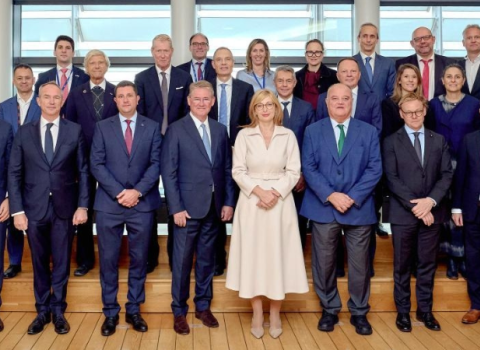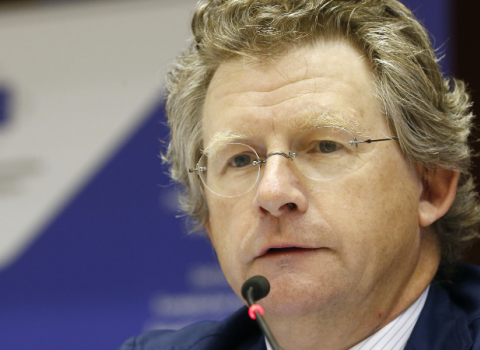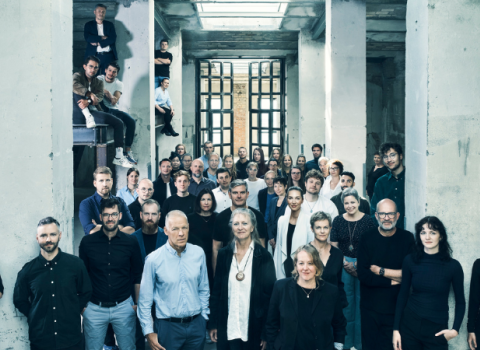Europe needs to embrace support for dual use innovation and seize the opportunity to build leading companies in critical technologies

Photo credits: Lars Frølund, member of the EIC Board and lecturer at the Massachusetts Institute of Technology
For decades, Europe’s innovation ecosystem has operated under a self-imposed constraint: a firewall between civilian and defence research. This was born of understandable post-war caution. But in today’s world, it has become a strategic liability.
Our competitors, most notably the United States, have never hesitated to harness dual-use innovation as a driver of both prosperity and security. The result? Europe has lagged behind in critical technologies, from AI to advanced semiconductors, and has struggled to scale its most promising start-ups.
This is a particular problem for the European Innovation Council (EIC), Europe’s €10 billion programme to support the most promising technologies and start-ups to scale in Europe. Since its launch in 2021, the EIC has built strong portfolios of technologies and start-ups across critical technology areas, including quantum, semiconductors, new space, and medtech.
The objective is for these start-ups to scale, which means finding customers in growth markets. For many of these companies there is a huge opportunity in defence markets. To fence off such markets is damaging for the companies’ growth prospects, and is even more damaging for Europe’s ambitions to avoid dependencies on other parts of the world for these critical technologies.
On April 22, the European Commission proposed a sensible and measured way forward. It proposed tweaking the rules for the EIC to enable support for dual-use technologies and companies, as well supporting defence start-ups for larger investments.
Some critics warn for the militarisation of European research. I, and the other members of the EIC Board, have a different view. We need to embrace the support of dual use. To do otherwise is to ignore reality and deny Europe the opportunity to build leading companies in critical technology areas.
This is a moment of enormous opportunity. Dual-use innovation can turbocharge Europe’s competitiveness, create new markets, and strengthen our industrial base. Europe is a rules-based and value-based society, and this makes it critical that next-generation breakthrough technologies such as quantum computing, advanced materials or secure communications are developed and scaled here in Europe.
Related articles
- Reach out to US start-up talent, EIC board tells Commission
- EIC will invest in dual-use start-ups, Commission says
The Commission’s proposed changes will now need the approval of the European Parliament and EU members states to become reality. This needs to happen fast, and Europe must seize this chance to build an innovation ecosystem that is fit for purpose in a world where security and prosperity are inseparable.
There are already plans to massively scale defence procurement and, as in the US and elsewhere, this procurement market should become a driver to pull through new technologies and innovations, both to maintain a military edge but also because of the spill overs into civilian applications.
If we get this right, Europe can become a global leader in the technologies that will define the 21st century. And as Mario Draghi said succinctly in his report, if we hesitate, we risk consigning ourselves to permanent decline and dependency. Now, let’s deliver.
Lars Frølund is a member of the EIC Board and lecturer at the Massachusetts Institute of Technology.





 A unique international forum for public research organisations and companies to connect their external engagement with strategic interests around their R&D system.
A unique international forum for public research organisations and companies to connect their external engagement with strategic interests around their R&D system.